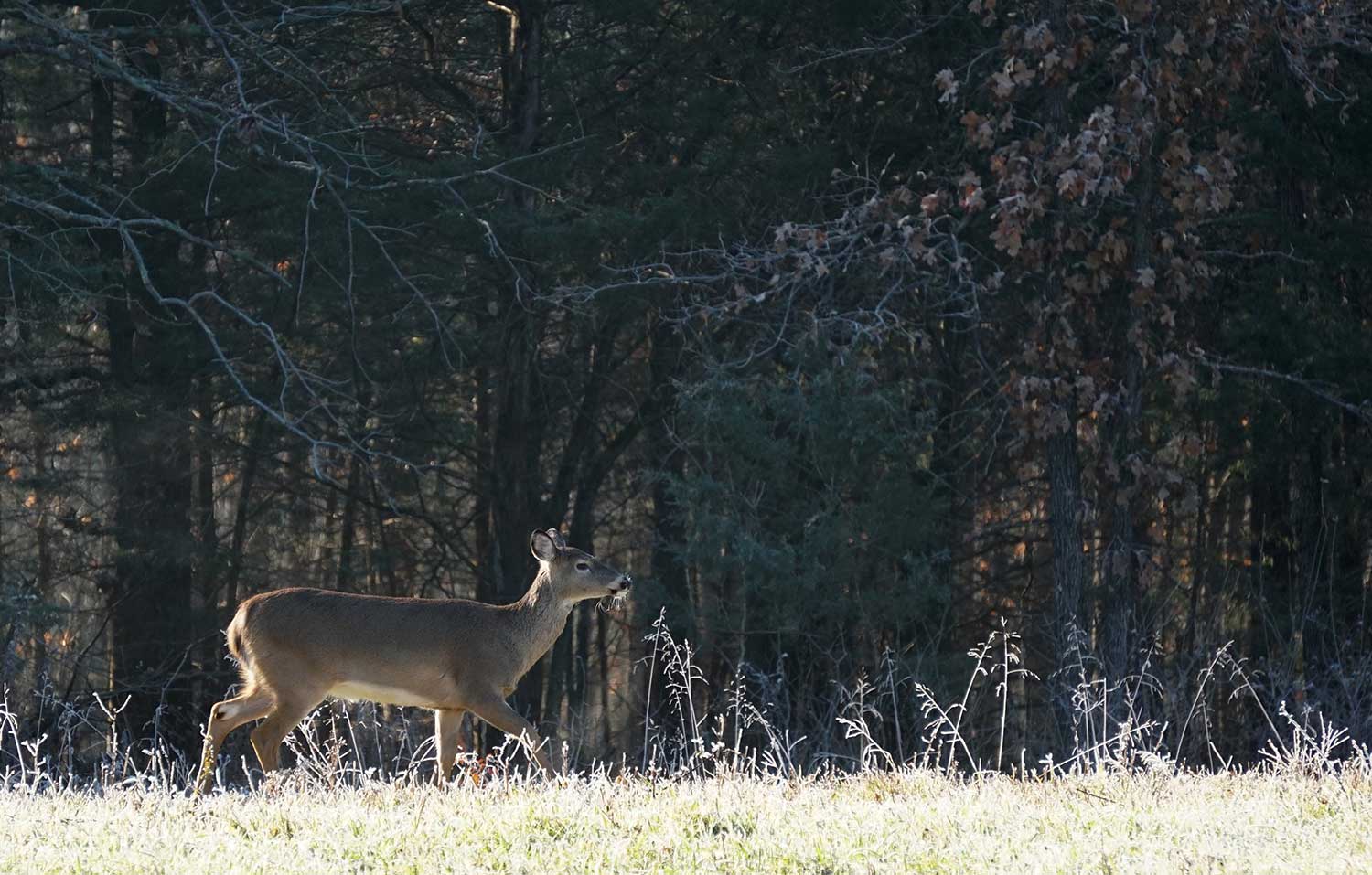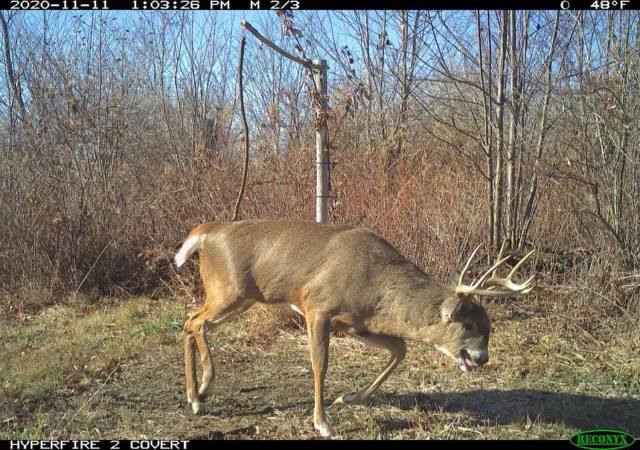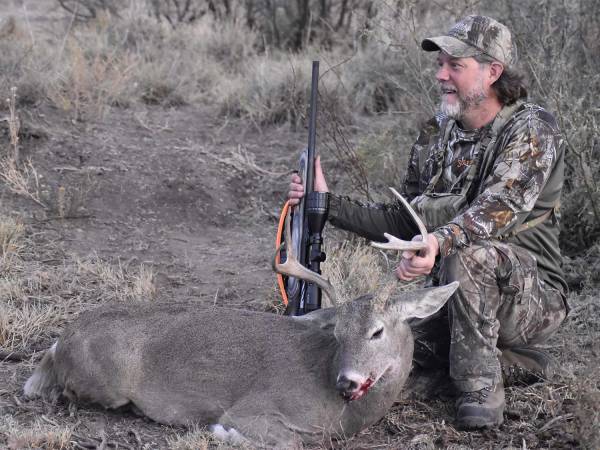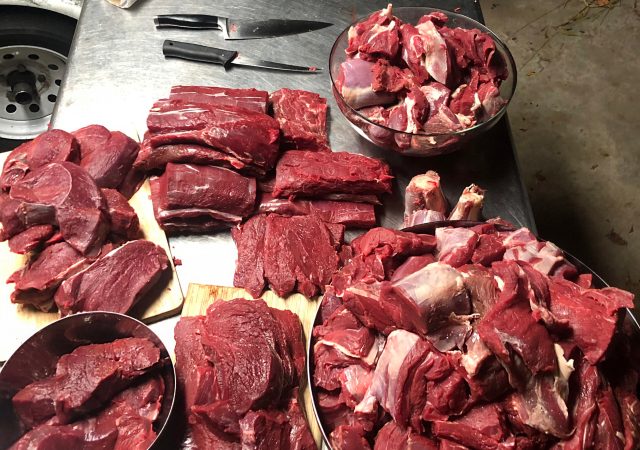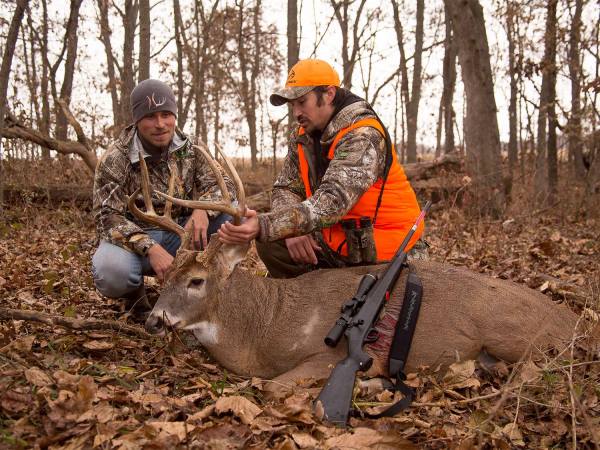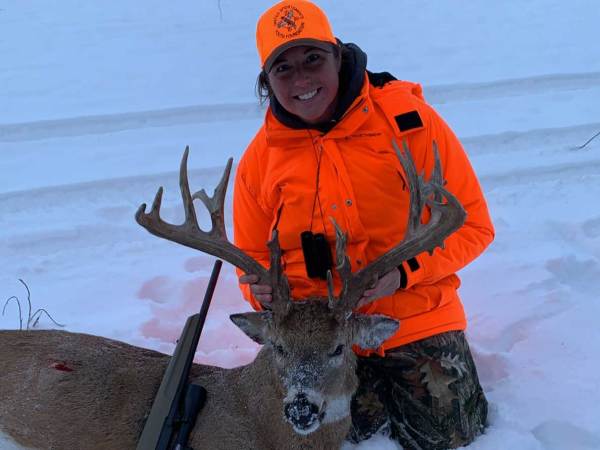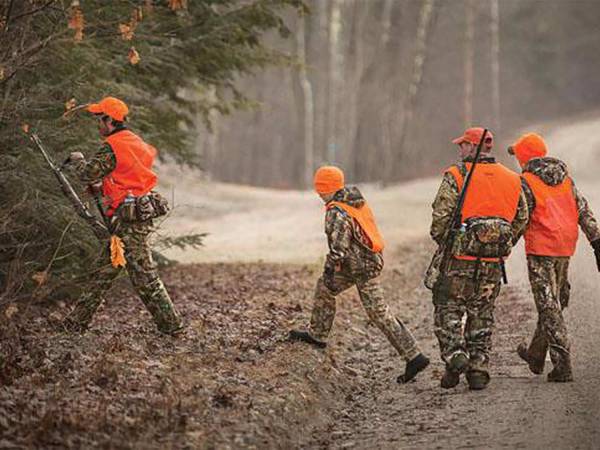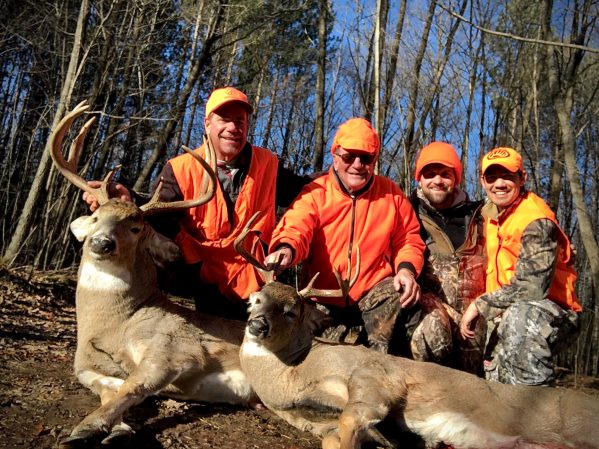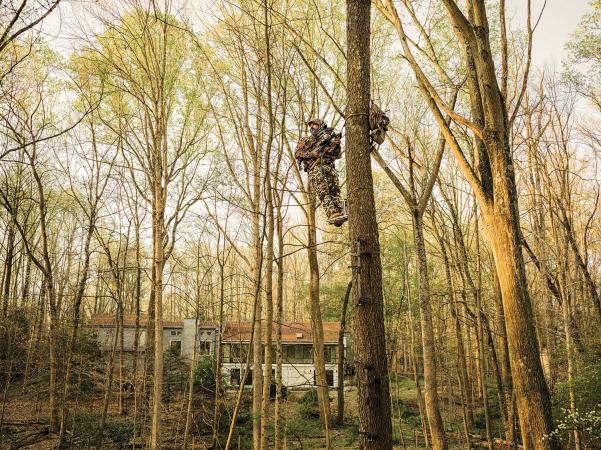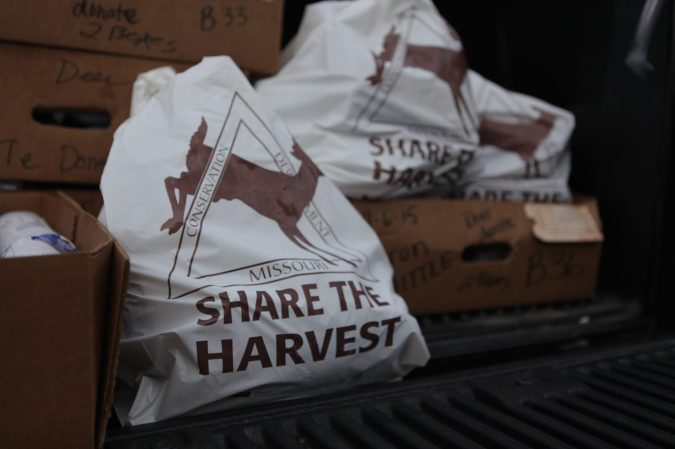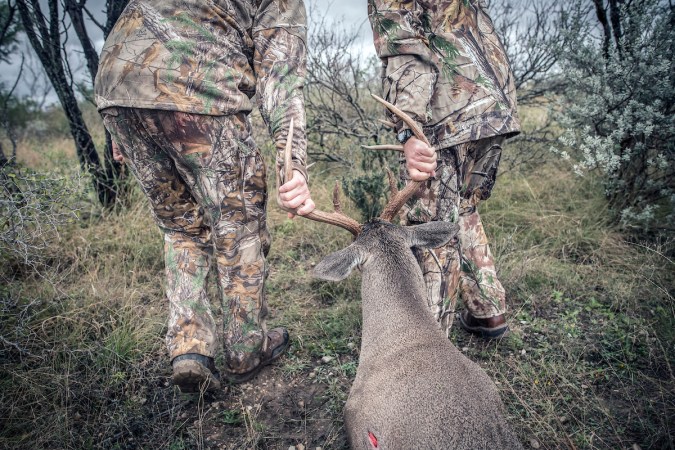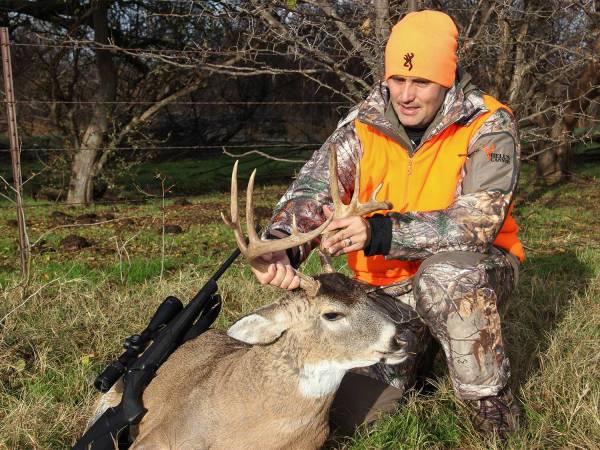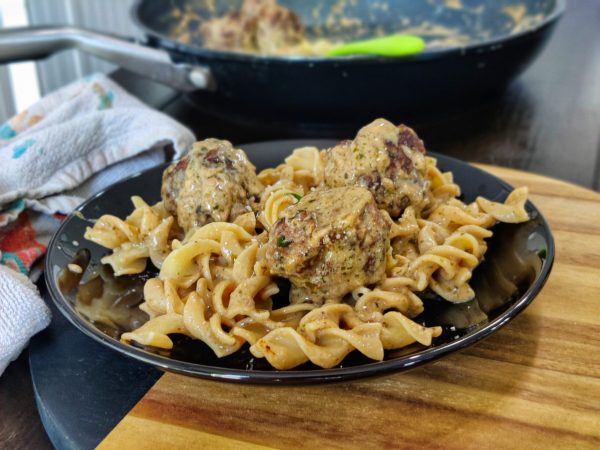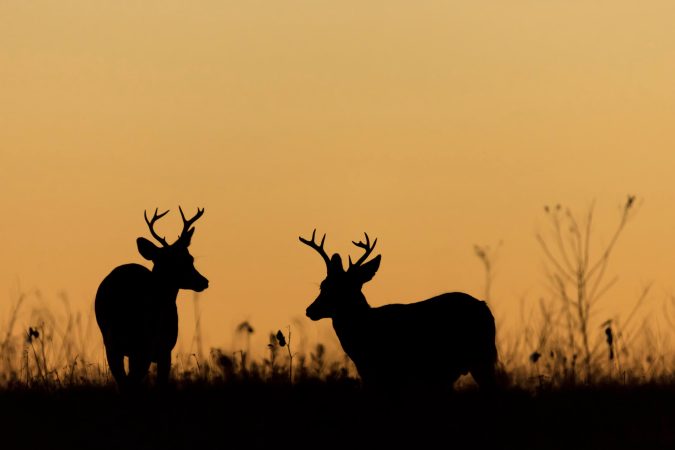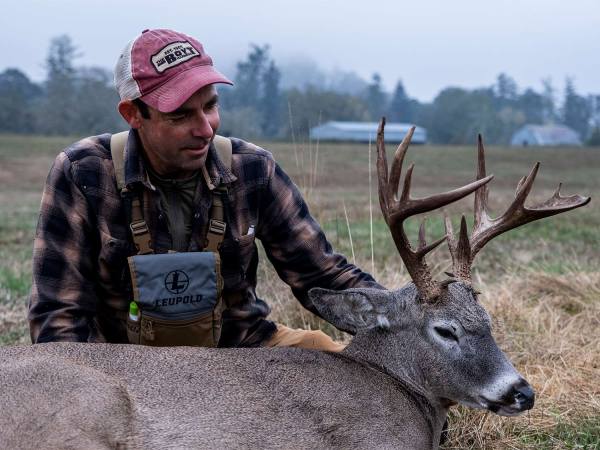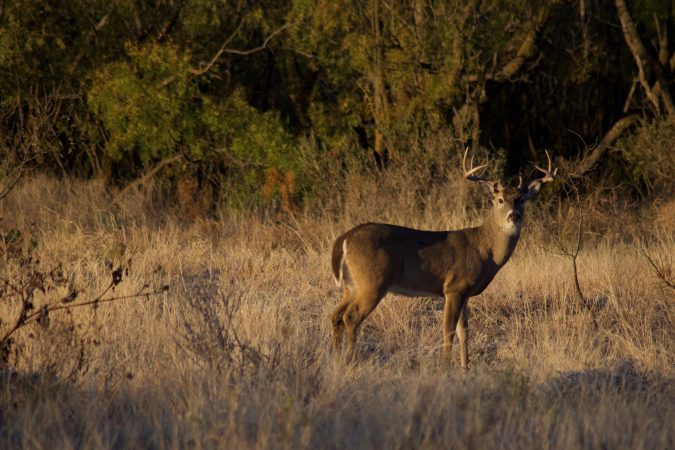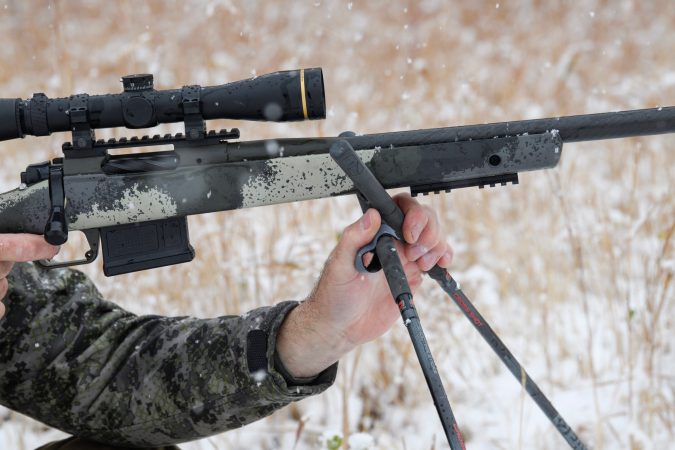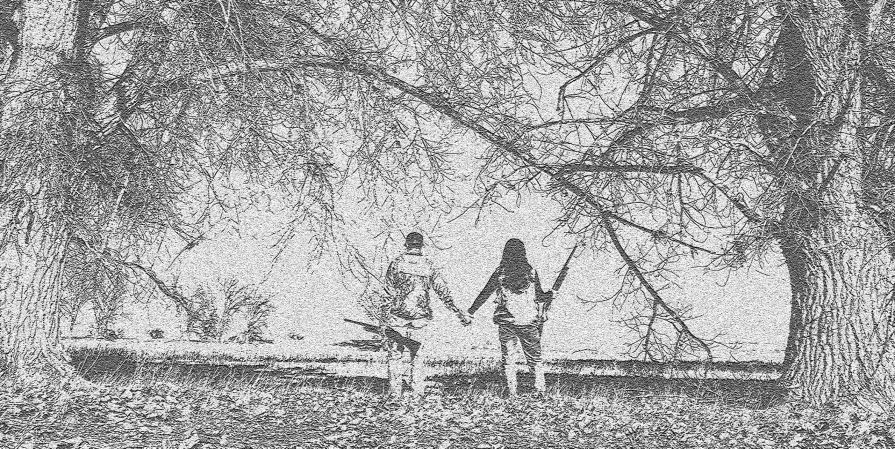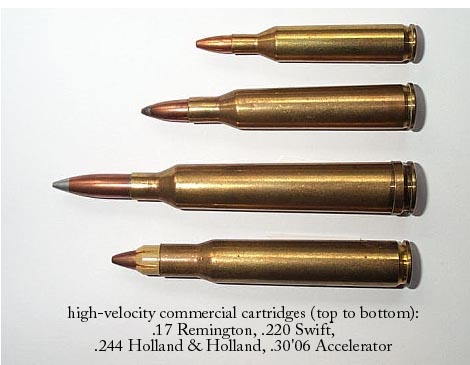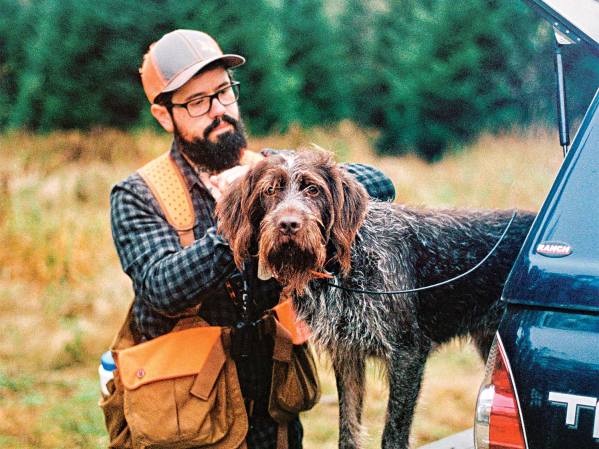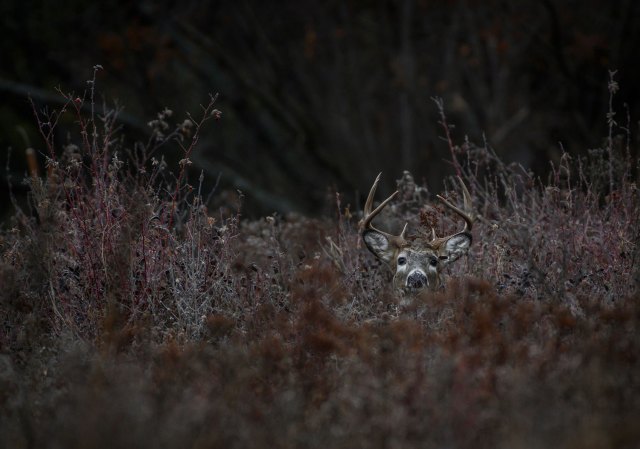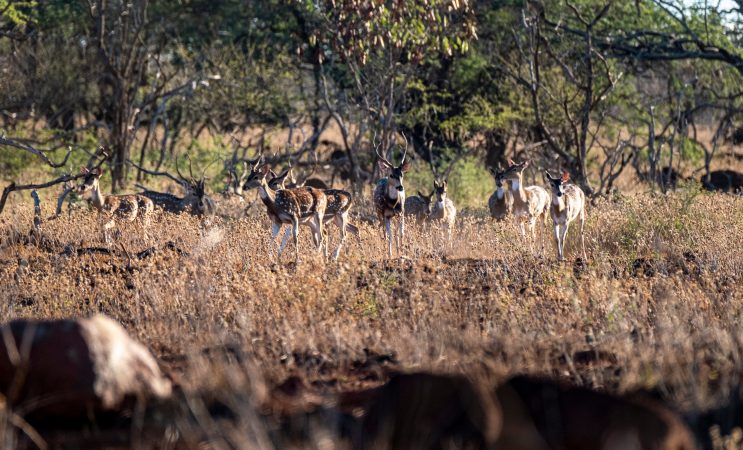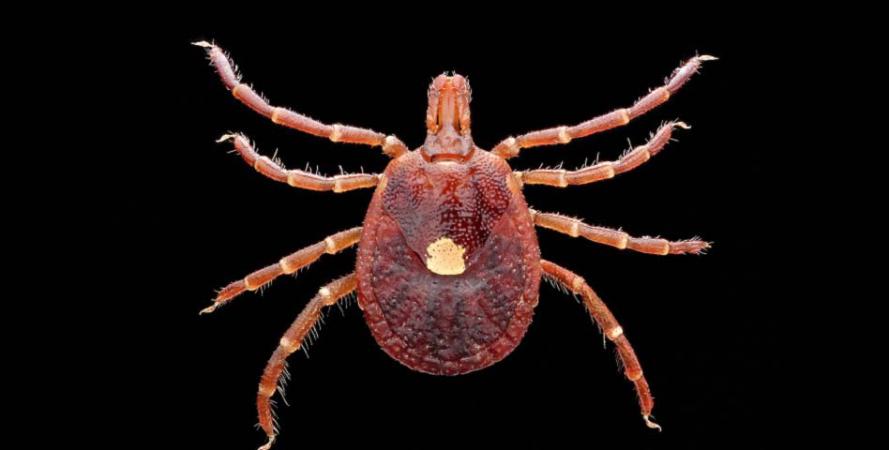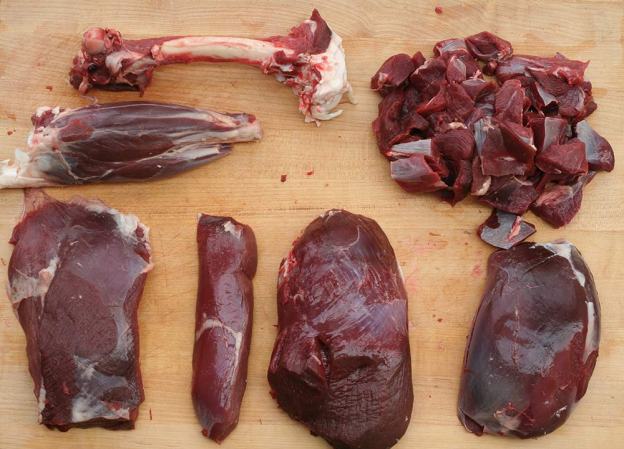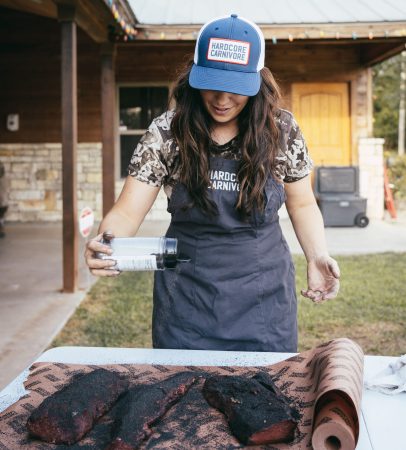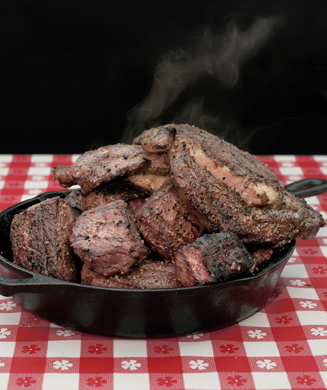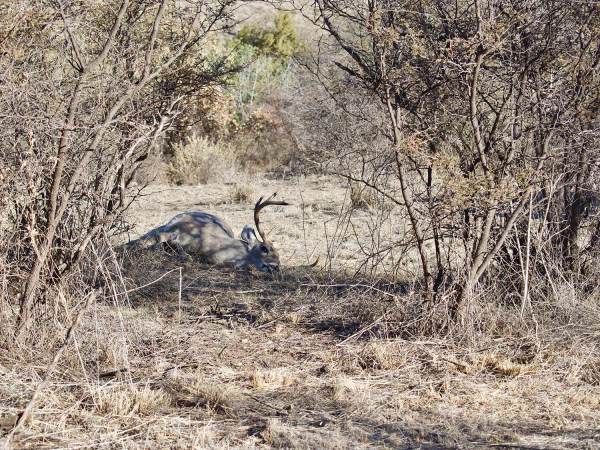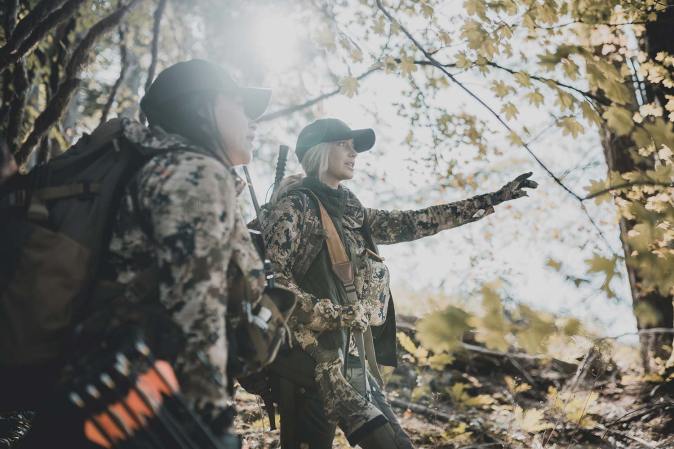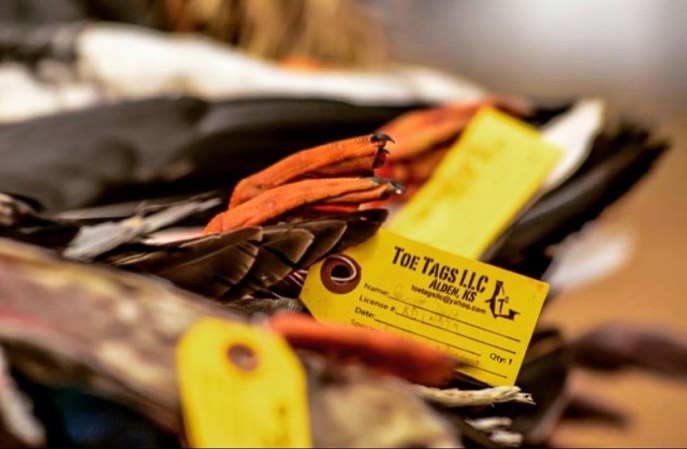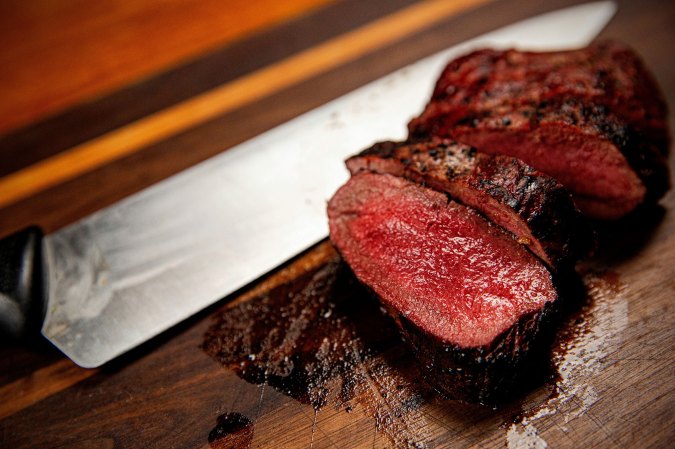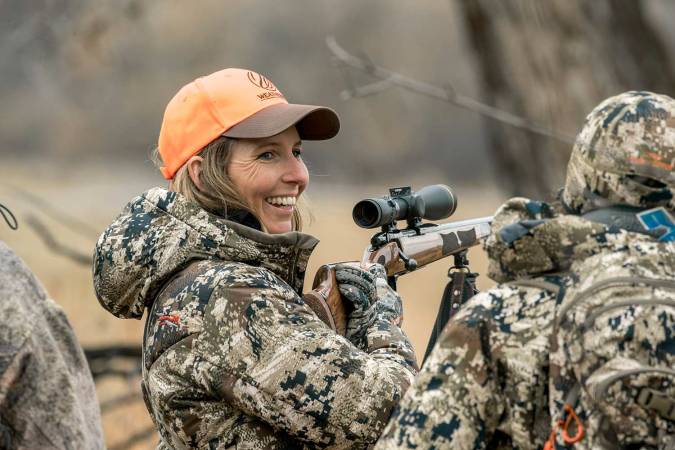I’ve had a good fall. The freezer is full with a few deer, plus some ducks, honkers, and even a few hard-earned pheasants. But I’m far from calling it a wrap on my hunting season. This is partly because I love hunting just for the act of it, no matter who takes home the meat, but also because I know that this year, especially, there are a whole bunch of folks who could use a few pounds of donated venison.
The Daily podcast recently aired an episode covering the intense pressure on food banks, which are struggling to keep pace as the economy reels from the effects of the coronavirus. Reporters interviewed hungry folks who waited in line for six hours, and pantry managers who were running short on food. I listened to this report while cooking breakfast omelets with leftover Thanksgiving turkey and felt more than a twinge of guilt. An analysis by Feeding America found that by the end of this year, more than 50 million Americans could live in households where food is scarce.
And this isn’t just an issue in large metropolitan areas.
“As we get into the holiday season, our number [of clients] will go up,” says Craig Robbins, executive director of Paul’s Pantry in Green Bay, Wisconsin. Paul’s Pantry saw 400 new households sign up for assistance during the first month and a half of the coronavirus pandemic.
This, my fellow hunters, is our moment to shine. If there’s one thing we’re good at, it’s putting food in the freezer, right? So let’s do that for the folks who need it most this winter. Here’s my challenge to all the self-proclaimed meat hunters out there: If you have tags available, go out and shoot an extra critter or two and donate the meat. Instead of posting a picture of a fancy wild-game dish and the story about how you made it, post a simple picture of the animal and the story of how it will be donated, and why. —A.R.
Donating Deer (and Other Game)
There are a whole bunch of ways you can do this. I have a buddy who just packs a cooler-full of deer quarters and drops them off with a needy family down the road. They love it. You can also just call up a local food pantry (search online for one near you) and see if they accept packages of venison.
The more formal way is to work through a state or non-profit program. Most states have deer donation programs, and each has its own rules for accepting deer. In Wisconsin, for example, the Department of Natural Resources has a list of processors who will accept donated deer, which must be field dressed before being dropped off. The state pays processors for their time and materials, so dropping off deer is free for the hunters who donate. The state-approved processors then work with food pantries to distribute the meat. You can find a national list of participating butchers here, through the Farmers & Hunters Feeding the Hungry.
Paul’s Pantry in Green Bay has venison from more than 32 deer to be distributed during the two weeks around Christmas, but they could use a lot more.
“We used to get a lot more deer when we had the earn-a-buck program,” Robbins says. “We’d fill up a big refrigerator truck. We can take as many deer as people can harvest. I’d encourage hunters to fill every tag they have. The more deer that come in, the more households we can help.”
And you can donate more than just venison. Paul’s Pantry and many others like it accept wild fish, birds, and small game.
“If you’re cleaning out your freezer and want to replace last year’s meat with this year’s meat, don’t throw it away,” Robbins says. “We’ll take it as long as it’s in good shape.” —A.R.
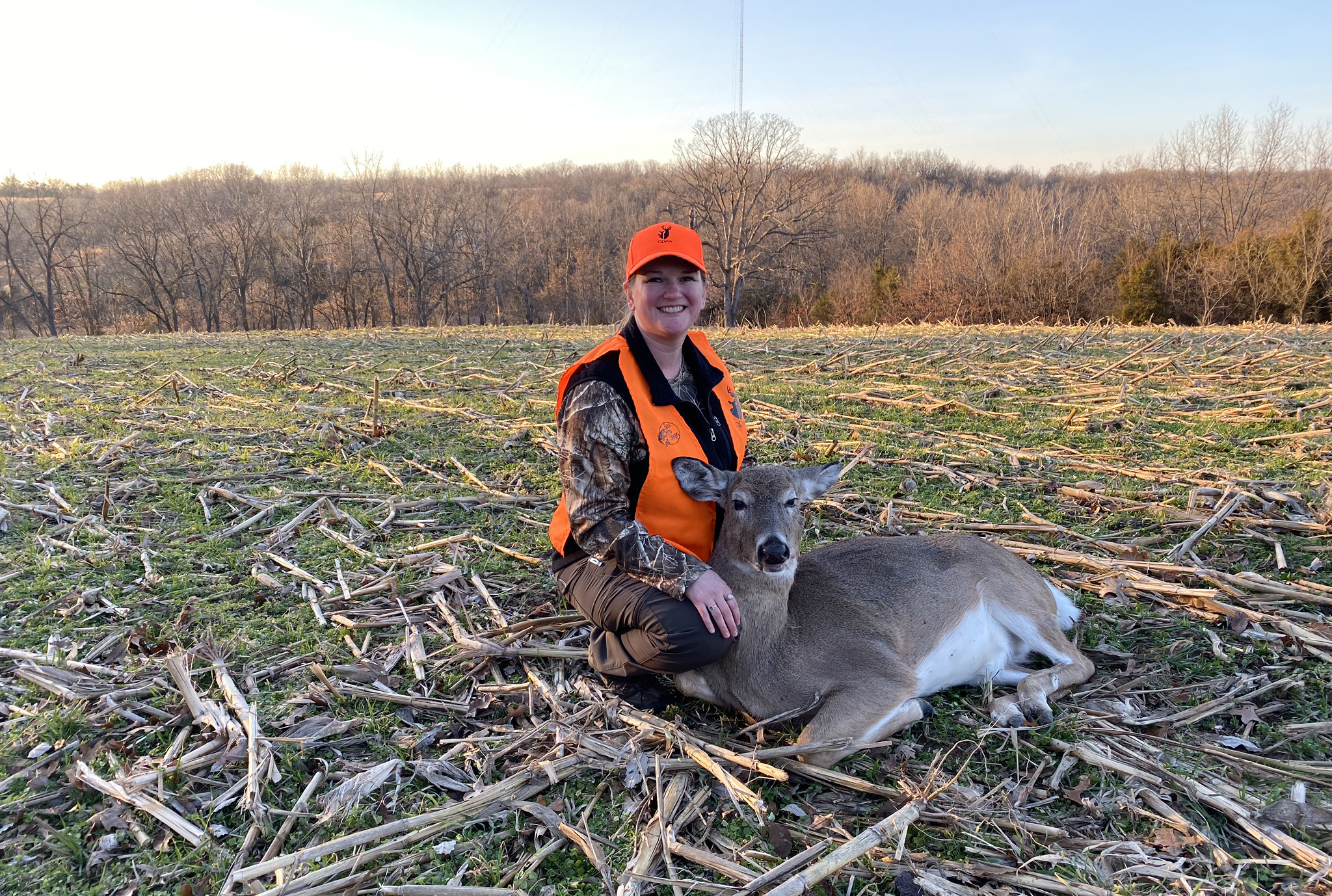
It Will Make You a Better Hunter
Apart from the warm fuzzies you’ll get from helping folks less fortunate than yourself, there are plenty of excellent reasons to keep hunting long after your own freezer is packed. Billy Phillips, an urban bowhunter in Fairfax County, Virginia, hunts 200-plus days a year and kills so many deer he doesn’t like putting a number to it. His family eats six to eight deer a year, but he keeps hunting long after he’s tagged that many and donates the surplus venison. The extra time he’s spent hunting has improved everything from his shooting to his ability to recognize subtle sign and choose productive set ups.
“Every deer you shoot, you learn from it,” says Phillips. “Shot placement even for experienced hunters—they shoot a deer and then they’re surprised after they recover the deer. They say, ‘Hm, that deer wasn’t at the exact angle I thought it was.’ Shooting a lot of deer gives you more experience. The more experience you have, the more efficient of a hunter you’ll be.”
RELATED: Deer Hunting Every Day in the Suburbs of Virginia
That experience of shooting more deer than you might normally not only helps in the long run, but it can play an important role when you need it most.
“I think that if you only shoot one deer a year, and you’re only shooting that one buck every year, you have a higher opportunity to get buck fever because you’re not used to killing deer,” says Phillips, noting that most surplus tags are antlerless tags. “If you are shooting a lot of deer, when that buck walks in, it makes it easier than if you don’t have a lot of practice. Because it’s not the same punching targets as when you’re hunting a live animal. The more live animals you can hunt and shoot, the easier it’s going to be to capitalize on that one target animal that you’re looking for.”
Phillips is able shoot so many deer a year because Fairfax County has deer populations that far exceed the area’s carrying capacity. But even if you don’t live in an area with off-the-charts deer numbers, you can apply the same management principle near you.
“Much of the country has more deer than they actually need, and the number of tags you’re allowed to have reflects that,” says Phillips. “Maybe your family eats only one to two deer per year but you have tags left over, or you have the opportunity to buy more tags. Go ahead and do that. And then you can donate those other deer.”
Phillips says that deer processors near him have been overwhelmed this year by the uptick in hunting spurred by the coronavirus. Multiple butchers have shut down for several days at a time to catch up on the deer piling up for processing. If you’re unable to donate your deer through a processor due to a similar bottleneck, Phillips suggests donating directly to individuals. If you’re not sure who might need some, just ask.
“It’s like the six degrees of separation with Kevin Bacon,” he says. “Everyone knows someone who is a little less fortunate, or knows someone who knows someone. So have those conversations whenever deer hunting or meat comes up. Say, ‘You know, I’ve got a surplus of meat,’ or ‘The next deer I get I’d like to donate to a needy family.’ Even if you don’t go through the route of a specific church you know or a non-profit, there’s always that other way to donate to folks.”
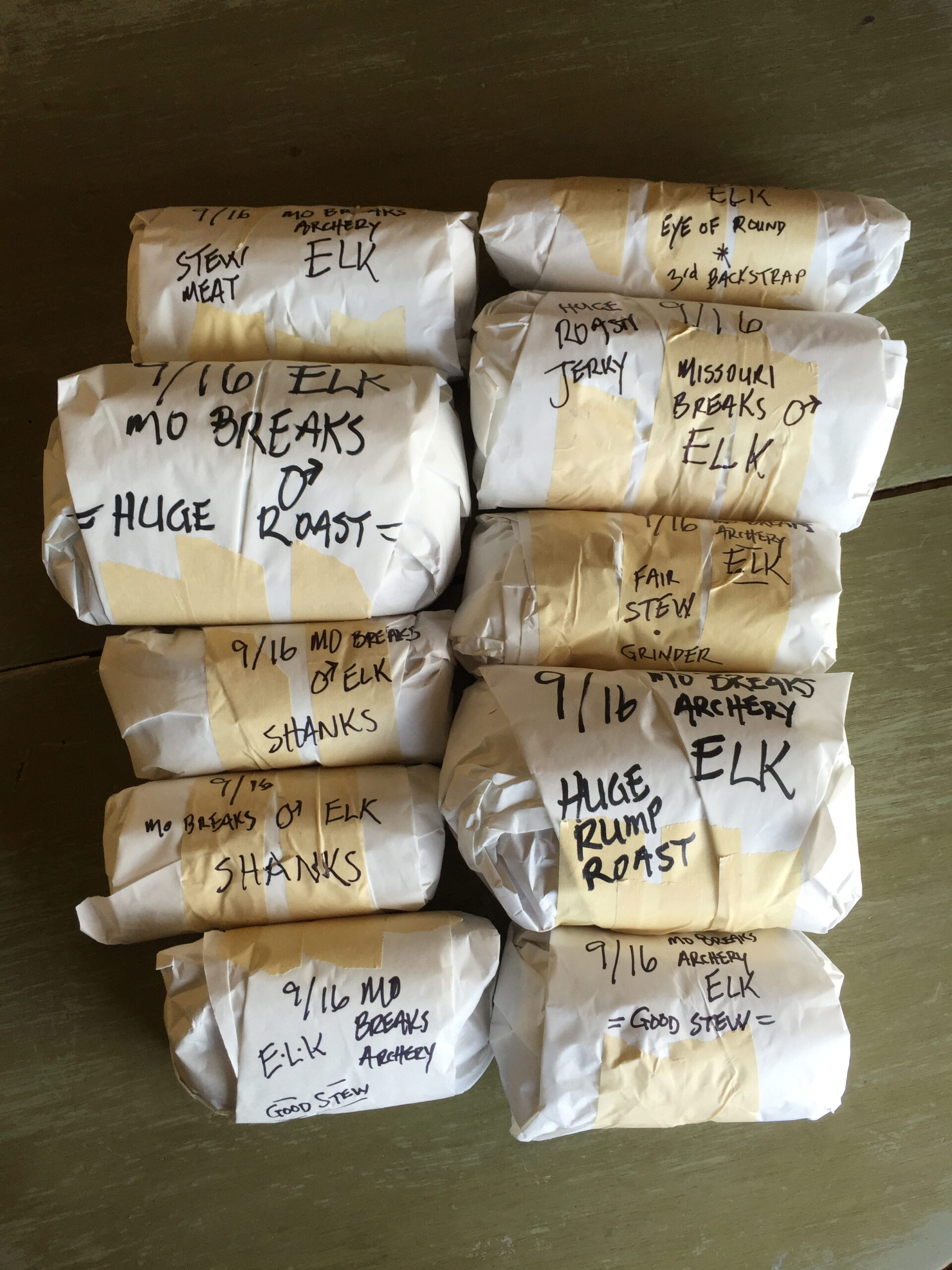
And if you don’t have the time or tags to take more deer, but you want to support these national donation efforts, you can make a monetary contribution to programs like Farmers & Hunters Feeding the Hungry or other non-profits and pantries, to help them foot the bill for paying processors to butcher meat.
“Financial support is very, very important for us in these times,” says Greg Fuerst, co-founder and CEO of the Venison Donation Coalition in New York state, which has an agreement with deer processors to work for reduced rages. “We’re feeding close to a quarter million people a year and we’ve been doing it for 20 years. The pressures on food banks have increased dramatically due to COVID. We’re just trying to hang in there and increase their volume of venison. And yet, it takes dollars to do that.” —N.K.
Tis the Season
There’s still plenty of time in my late archery season and I’ve got tags to burn. So I plan to sneak out a couple afternoons to shoot a doe or two as they come out to feed in harvested cornfields. The farmer who owns the land I hunt on very much appreciates this plan. With the craziness of the gun season over, I expect that these will be quiet, peaceful sits punctuated by a close-range shot, a quick, clean gutting job, and a short drive to the processor. But that said, I do still have one buck tag left and if a big mature buck decides to walk out during shooting light, I’ll happily donate him as well. More meat in the freezer is always a good thing. —A.R.
Abi Cole contributed reporting to this story.

